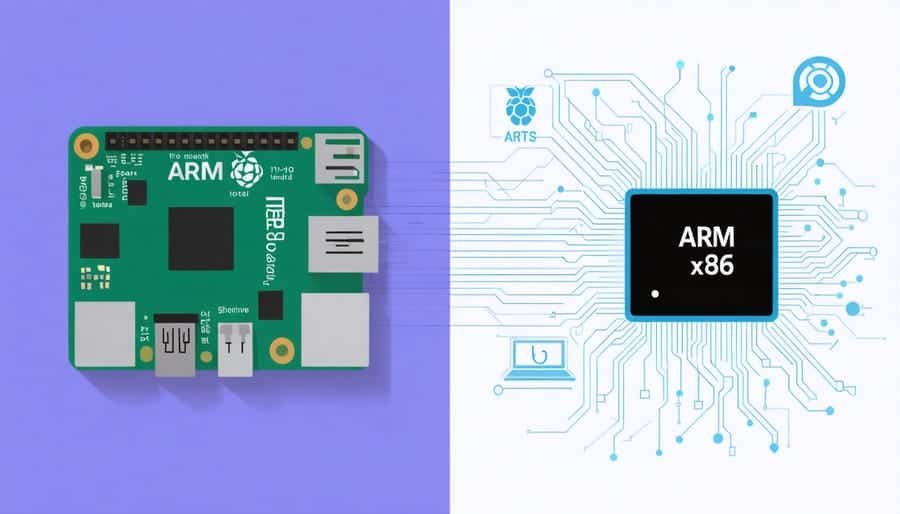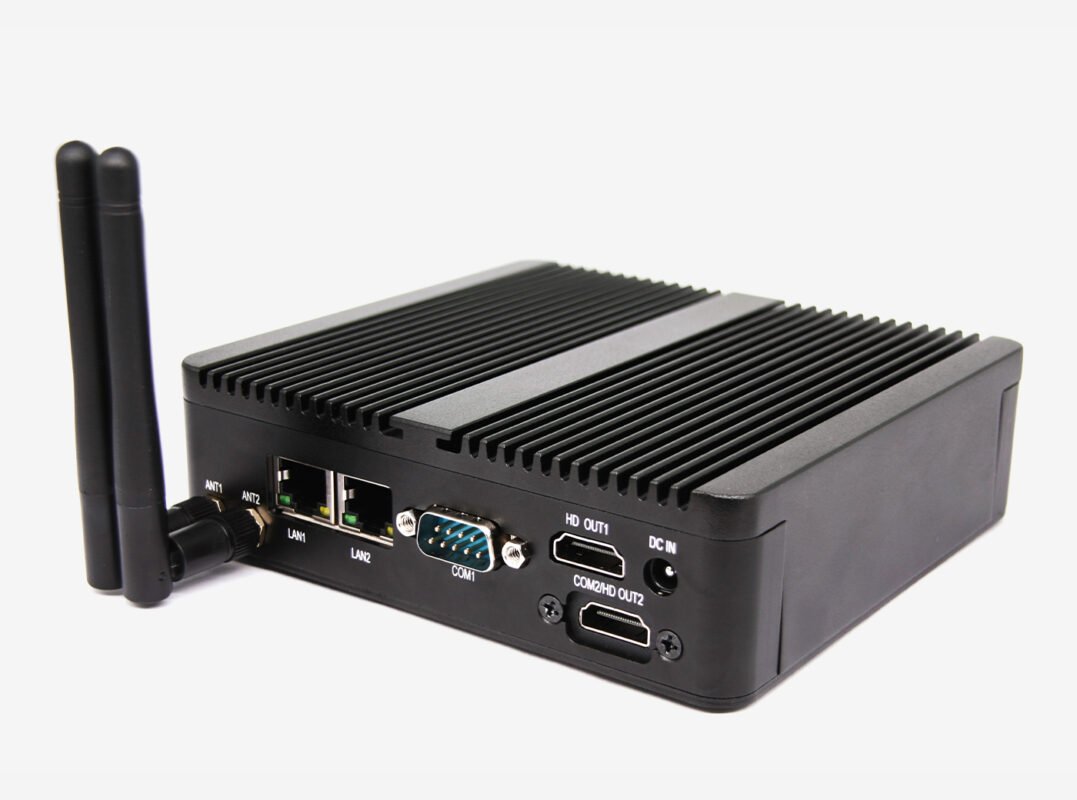
Raspberry Pi vs ARM Media Players: Which Is Better for Digital Signage?
Two common options often compared are Raspberry Pi and ARM-based commercial media players. But which one is right for your digital signage application? Let’s compare them across performance, reliability, software support, and cost to help you make an informed decision.
What Is a Raspberry Pi?
The Raspberry Pi is a compact, low-cost single-board computer (SBC) initially designed for educational purposes. Over the years, it’s gained popularity among hobbyists and tech enthusiasts for various DIY projects—including light-duty digital signage.
Pros:
- Extremely affordable
- Compact and energy-efficient
- Supported by an open-source community
- Flexible hardware customization
However, Raspberry Pi is a general-purpose computing device, not specifically engineered for 24/7 commercial use.
What Are ARM Media Players?
ARM media players, often powered by Android or Linux, are purpose-built hardware devices designed specifically for professional digital signage applications. These players use ARM-based processors—known for their low power consumption and high efficiency.
At ShiMeta devices, we offer ARM-based digital signage players with commercial-grade reliability, optimized OS, and full CMS support for industries like retail, healthcare, transportation, and corporate communications.
Hardware Comparison

Performance & Processing Power
The latest Raspberry Pi 4 features a quad-core ARM Cortex-A72 processor and up to 8GB of RAM. That’s impressive for the price, but not ideal for demanding signage environments.
In contrast, ARM-based commercial players typically include:
- More powerful SoCs optimized for video playback
- Dedicated GPU for 4K or dual-screen support
- Enhanced thermal management
Verdict: Raspberry Pi can handle basic content, but ARM players outperform it in high-resolution video, smooth transitions, and multi-zone playback.
Storage & Memory
Raspberry Pi relies on microSD cards for storage—cheap but prone to corruption over time. ARM players offer:
- eMMC storage or SSD options
- Larger RAM capacity for multitasking
- Offline caching support for uninterrupted playback
Verdict: For long-term reliability and faster content loading, ARM players win.
Build Quality & Thermal Management
Raspberry Pi boards require third-party cases, fans, and power supplies. Commercial ARM players from ShiMetaare:
- Fanless, dustproof, and silent
- Designed for 24/7 operation
- Housed in rugged metal enclosures
Verdict: ARM media players are built to last in industrial and commercial environments.
Software Ecosystem and Compatibility
OS and CMS Support
Raspberry Pi typically runs Raspberry Pi OS (Linux) or variants like Ubuntu. Some CMS platforms support Pi, but often with limited features.
By contrast, ARM players:
- Run Android or Linux, fully supported by popular CMSs like Xibo, NoviSign, ScreenCloud, and SignageLive
- Support APIs and SDKs for custom development
- Come pre-configured and optimized for signage use
Verdict: For seamless CMS integration and commercial support, ARM players are superior.
Ease of Setup and Maintenance
Raspberry Pi requires manual setup—OS flashing, driver installation, hardware assembly, and sometimes soldering. This may suit tech-savvy users but adds complexity.
Commercial ARM players offer:
- Plug-and-play deployment
- Built-in firmware, OTA updates
- Support for remote management, scheduling, and diagnostics
For ease of deployment and scaling, ARM players are far more efficient.
Use Case Scenarios

Best for DIY & Prototyping: Raspberry Pi
Raspberry Pi is suitable when:
- Budget is extremely limited
- You’re prototyping a project
- The system runs in non-critical environments (e.g., schools, events)
But Raspberry Pi lacks the robustness required for:
- 24/7 uptime
- Harsh conditions
- Mission-critical signage
Best for Commercial Deployment: ARM Media Players
ARM players are purpose-built for:
- Retail networks
- Quick Service Restaurants (QSRs)
- Corporate communications
- Transportation hubs and kiosks
They offer:
- Consistent performance
- Remote control capabilities
- Long product lifecycles
- Better security compliance
Long-Term Costs & Reliability
Raspberry Pi may appear cheaper initially, but you’ll often face:
- Higher maintenance
- Frequent replacements
- Manual troubleshooting
ARM players provide:
- Low failure rates
- Professional-grade warranties
- Better return on investment (ROI) over time
When factoring in TCO, ARM media players are more cost-effective in the long run.
Which Should You Choose?
Choose Raspberry Pi If:
- You’re experimenting or learning
- You need a low-budget, non-critical solution
- You’re deploying one or two screens in stable environments
Choose ARM Media Players If:
- You need stability, security, and scalability
- You’re managing multi-location deployments
- You require professional CMS support, 4K playback, or 24/7 uptime
Why ShiMeta ARM Players Are the Better Investment

At ShiMeta devices, we specialize in Android and Linux-based ARM signage players engineered for industrial reliability and performance. Key features include:
- Fanless aluminum housing
- OTA updates and remote control
- Custom OS support for OEM/ODM clients
- Full CMS compatibility
- Global sourcing and ISO 9001-certified quality











